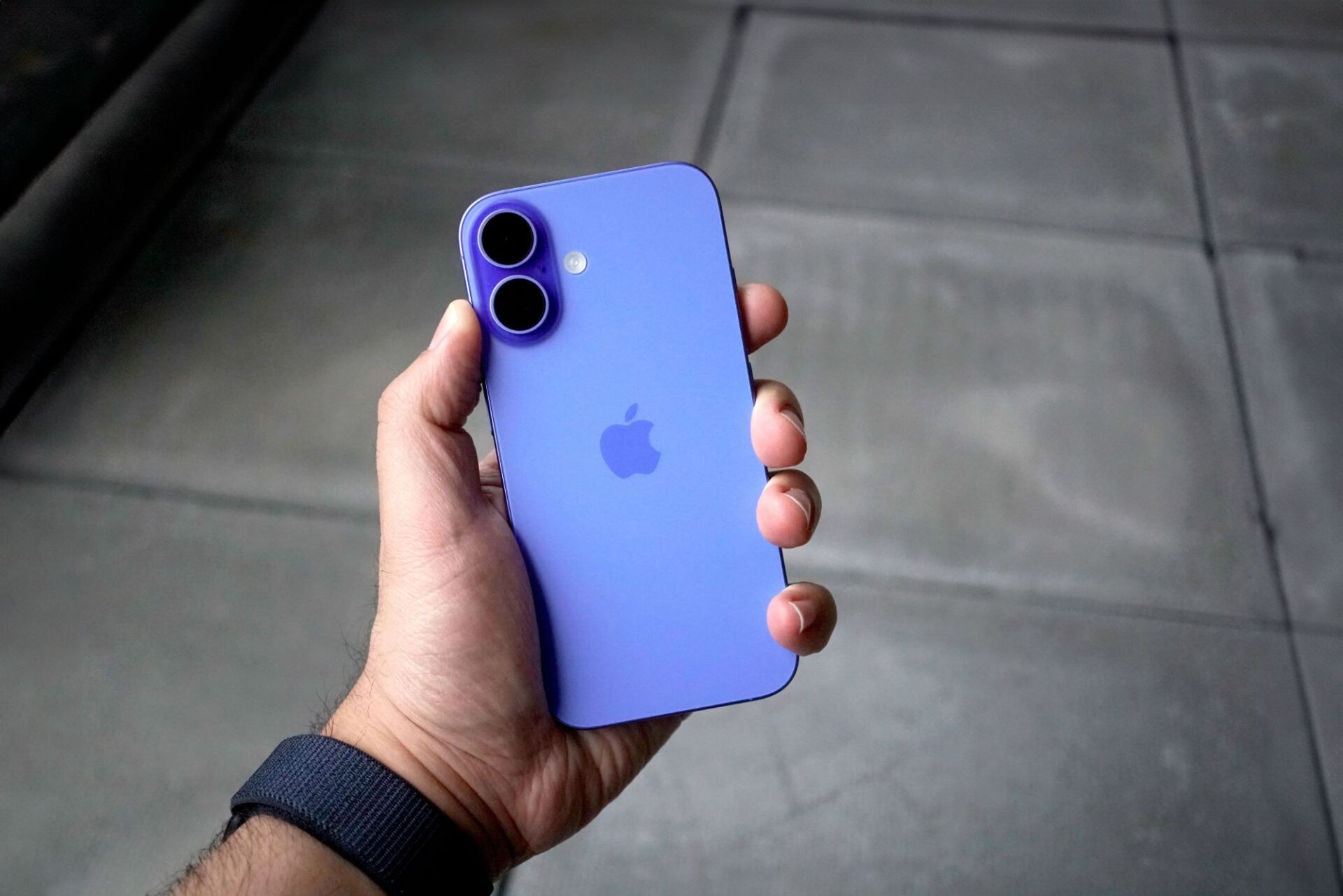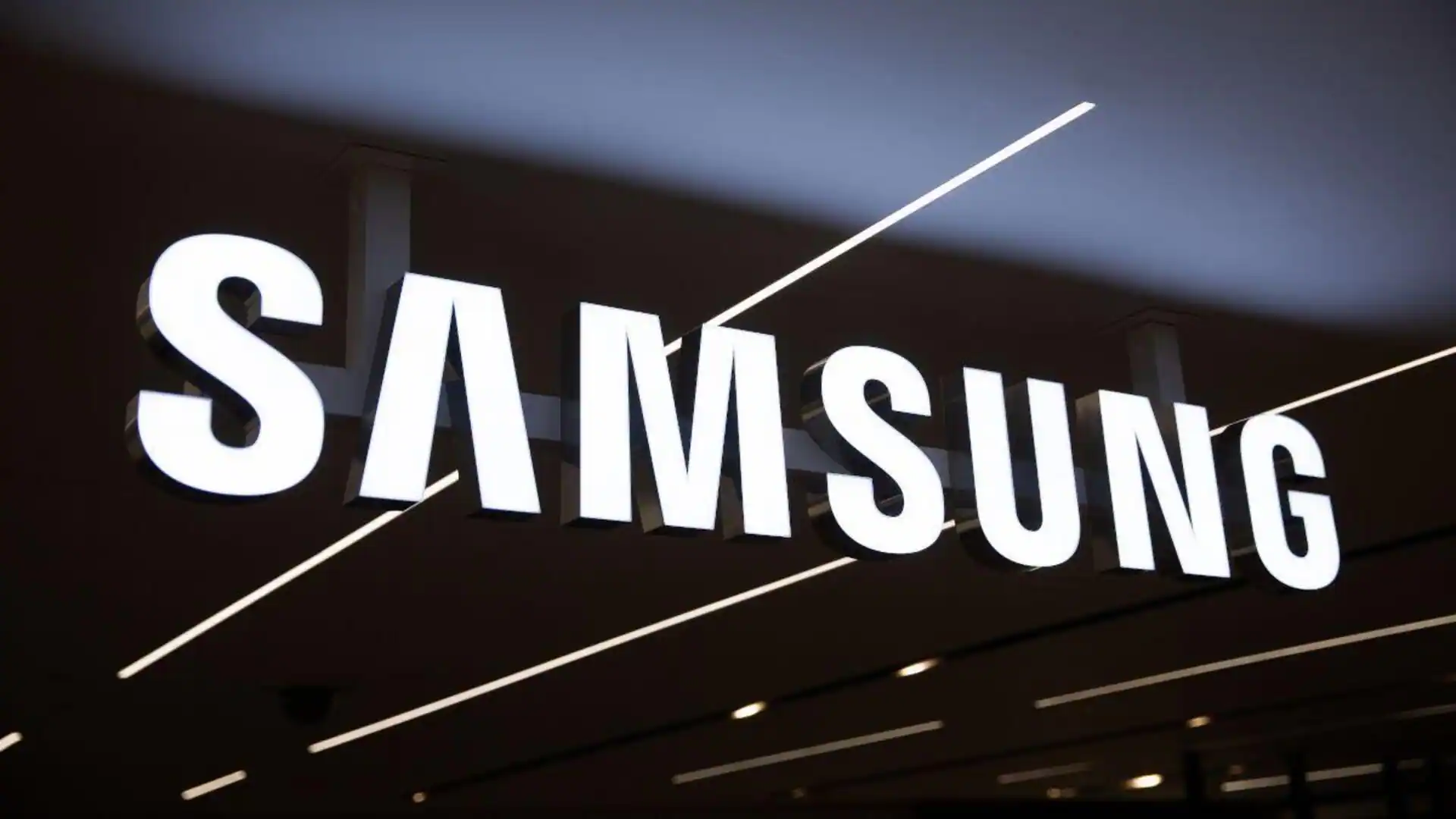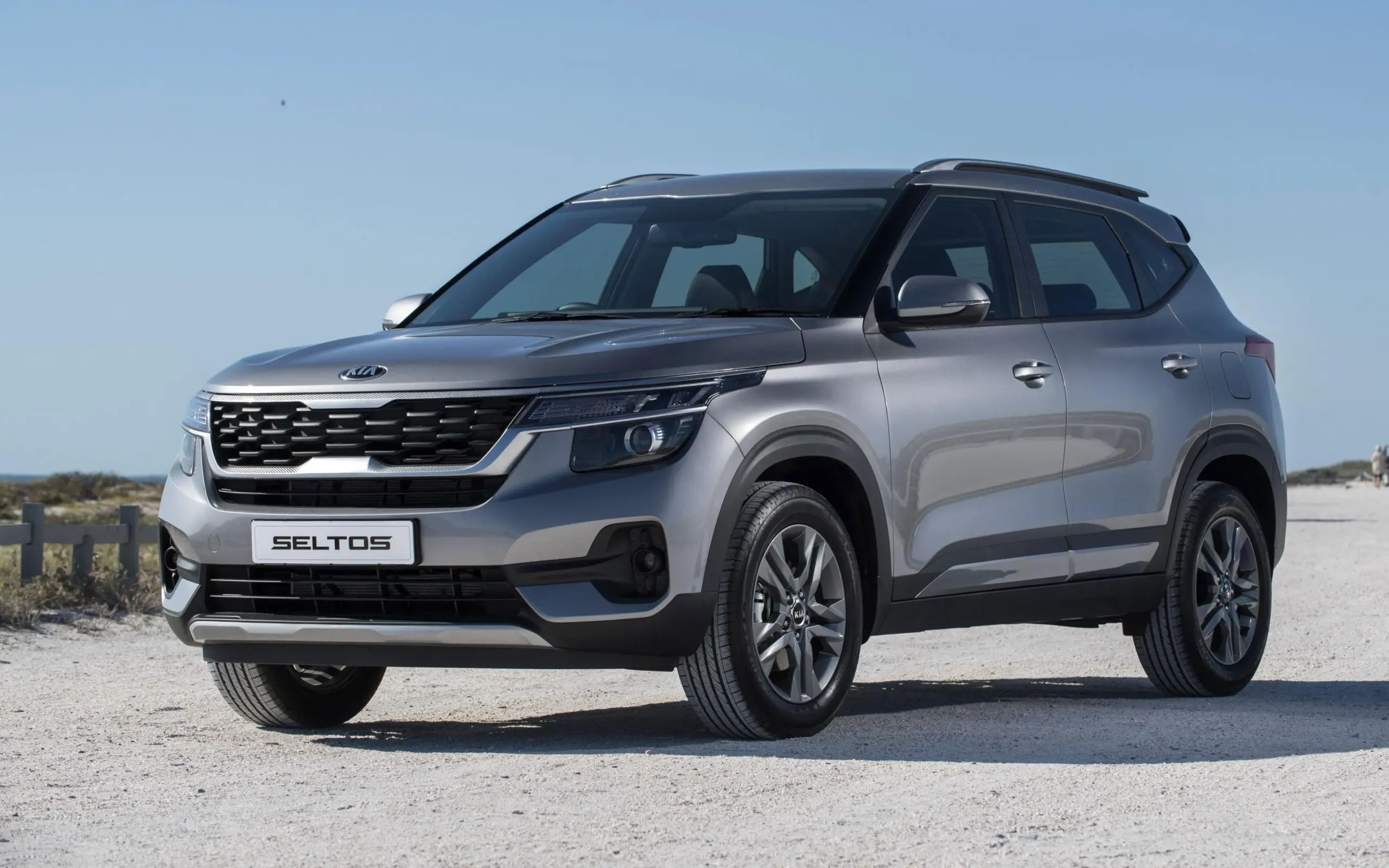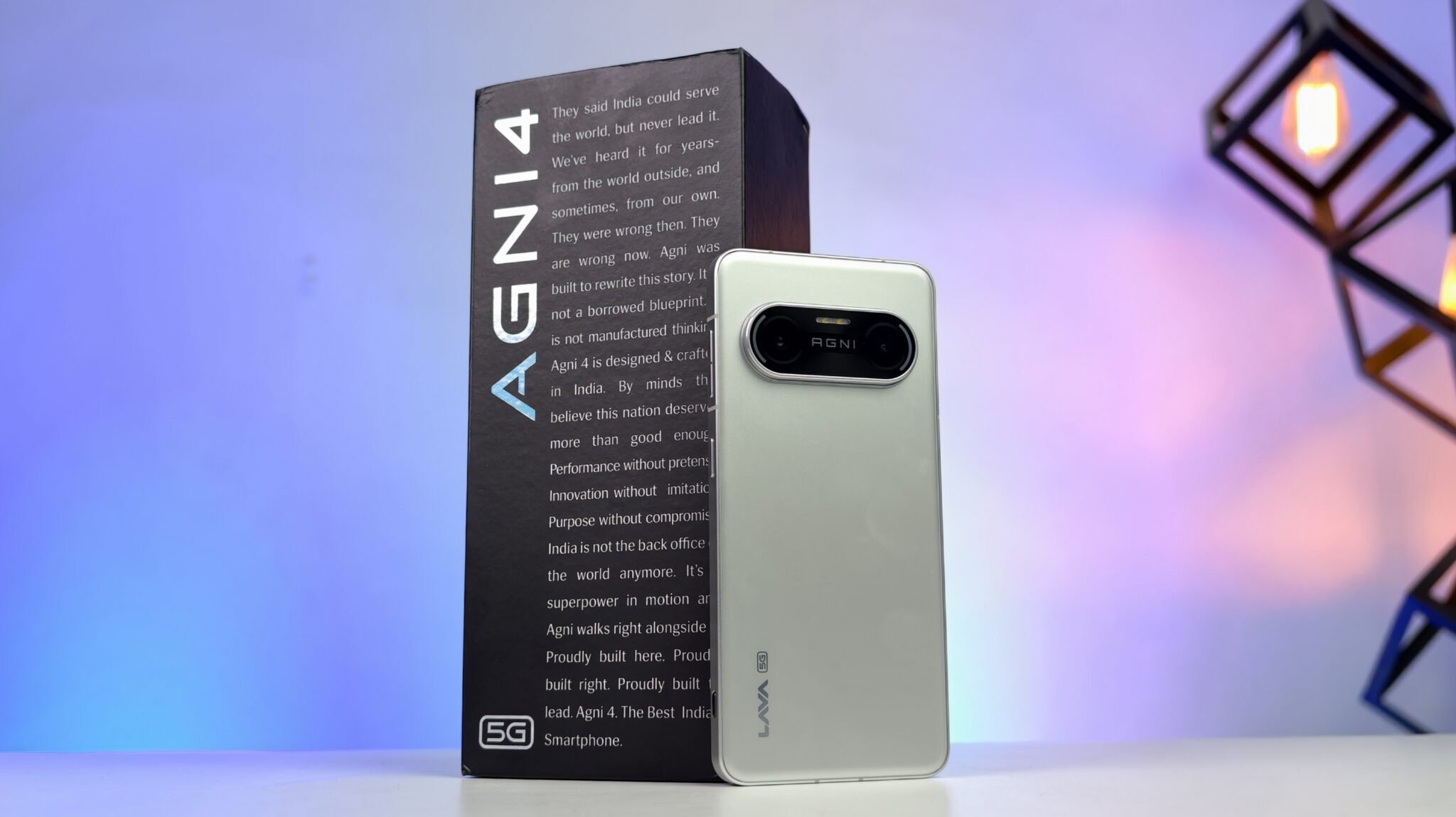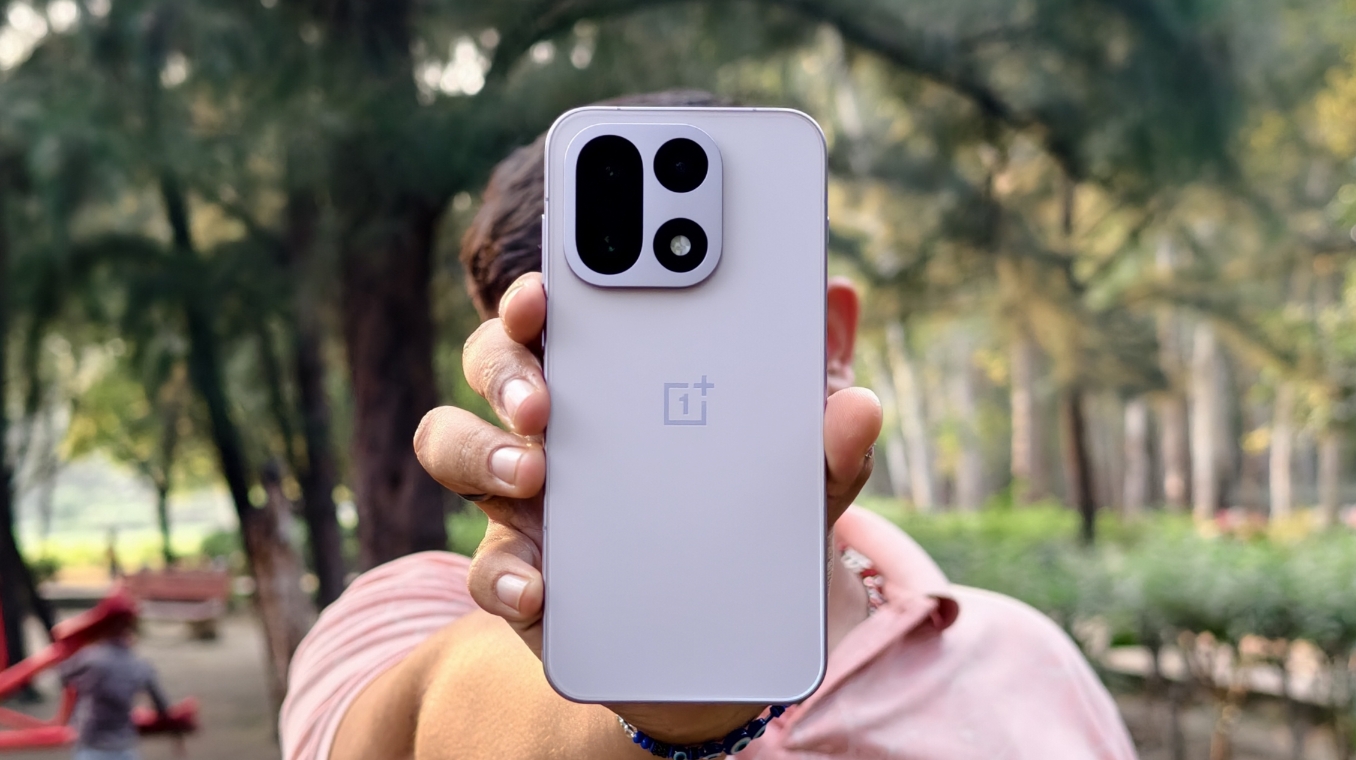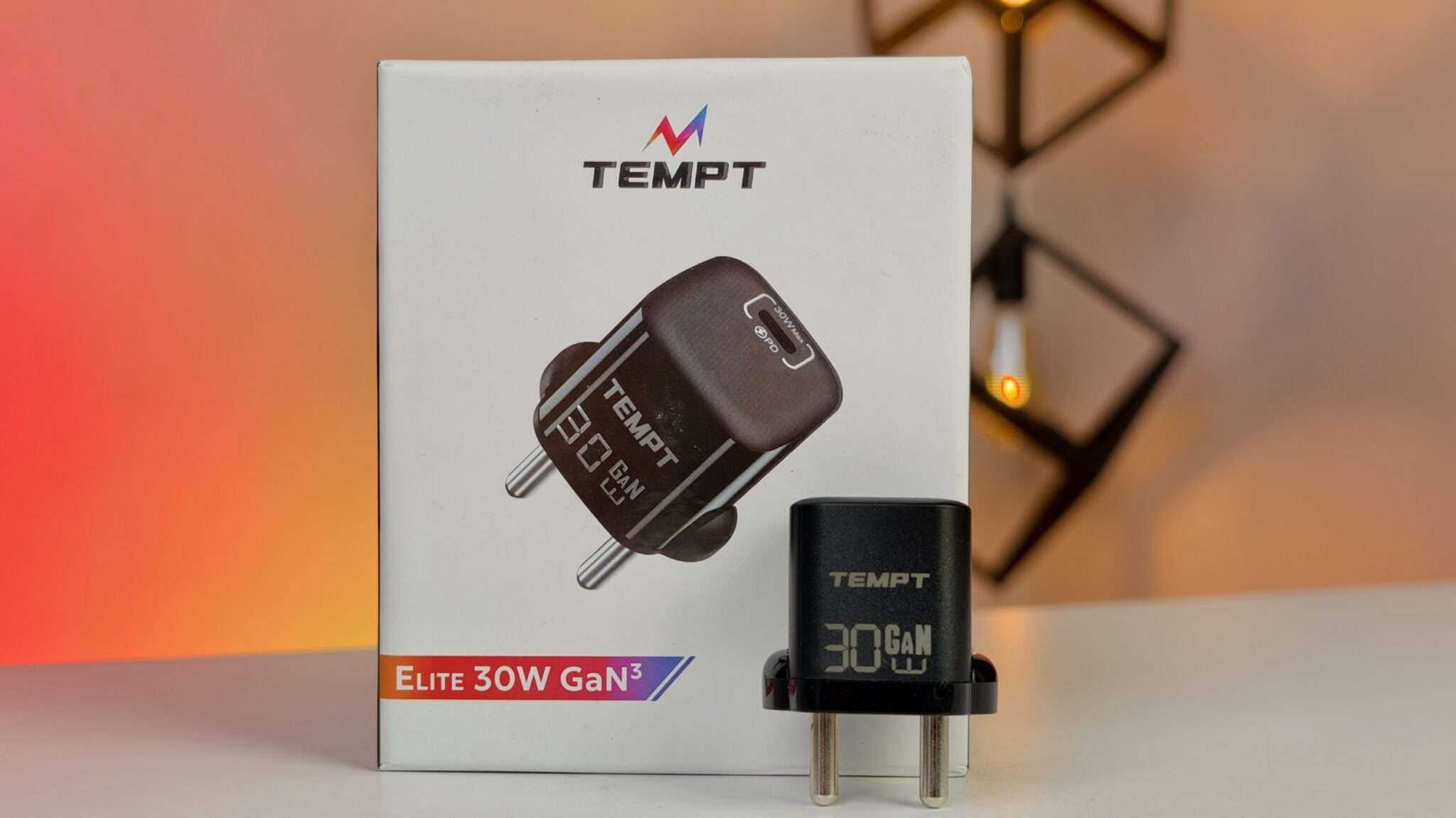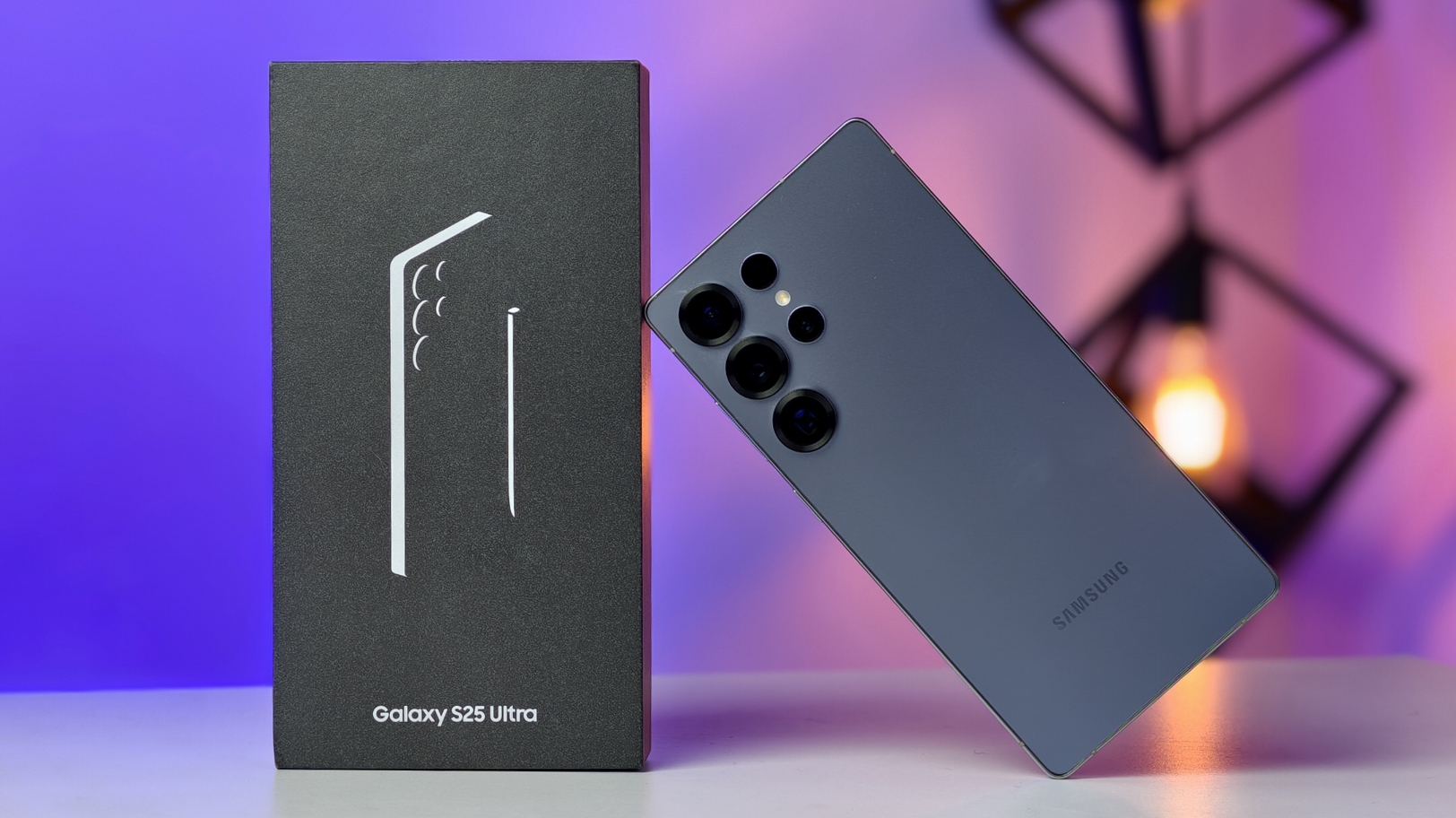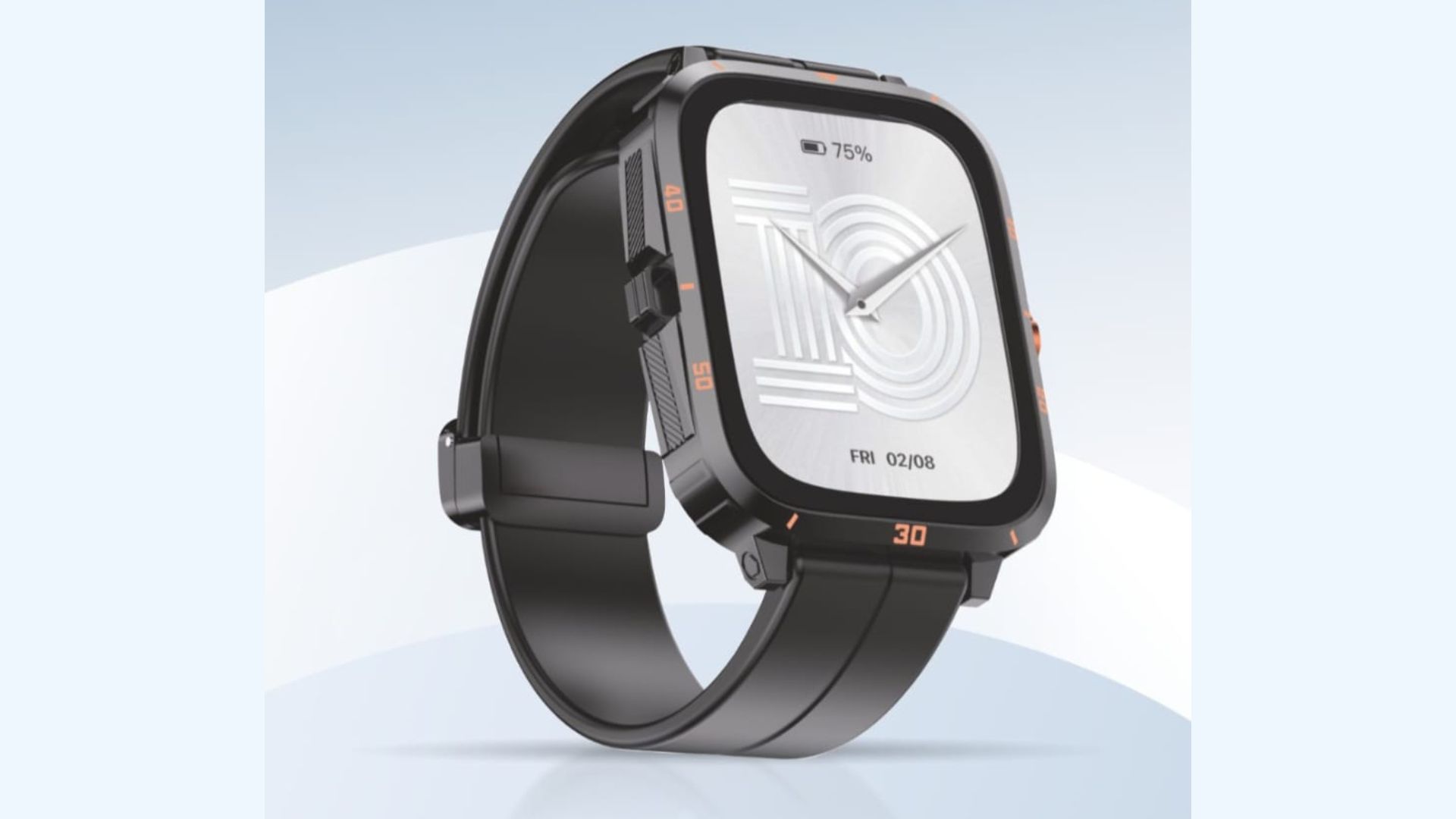The tech world is already buzzing with early leaks and analyst forecasts about Apple’s upcoming iPhone 17 lineup. While many are looking forward to new designs and camera tweaks, one detail in particular is catching more attention than usual: the possibility that the base model iPhone 17 might come with the exact same A18 chip as the iPhone 16. Naturally, this has raised a few eyebrows. What does it mean for performance, and perhaps more importantly, is it still worth upgrading?
A Familiar Chip: The A18 Bionic Carries Over
According to recent notes from analyst Jeff Pu of GF Securities, Apple might be sticking the standard iPhone 17 with the same A18 chip found in the current iPhone 16 models. This would mark a notable departure from Apple’s traditional annual chip refresh across all new iPhones.
That said, it wouldn’t be the first time Apple has reused a chip. Remember the iPhone 14? It kept the A15 Bionic from the iPhone 13, and not everyone was thrilled about it. The decision sparked debate over whether Apple was cutting corners or simply streamlining its lineup.
Still, the A18 is no slouch. Built on TSMC’s advanced 3nm N3E process, it features a 6-core CPU (two performance and four efficiency cores), a 5-core GPU, and a 16-core Neural Engine. It powers features like Apple Intelligence and runs iOS smoothly, so it’s hardly outdated.
What Does a Reused Chip Mean for You?
So, if Apple really does reuse the A18 in the iPhone 17, what should you expect? Here’s how it might affect the user experience:
Performance: While still very capable, don’t expect a major leap in day-to-day speed or app performance over the iPhone 16. Things will likely feel just as fast, which could be either reassuring or a little underwhelming, depending on your perspective.
Future-Proofing: A new chip usually means more room to grow with future software updates—especially as Apple leans into AI and machine learning. The A18 does support Apple Intelligence, but a next-gen chip could better accommodate those future-forward features.
Lineup Differentiation: This move might be about creating clearer tiers. The Pro models of the iPhone 17 are rumored to get an A19 Pro chip, and there’s talk of an iPhone 17 Air with an A19 as well. So if performance is your top priority, Apple might be nudging you gently toward the pricier models.
Pricing Strategy: Reusing a chip could help Apple control production costs. That might translate into stable pricing or slight reductions in some regions. For context, the iPhone 13, 14, and 15 each launched in India at around Rs 79,999. If Apple maintains this trend, the iPhone 17 could launch at a similar price point, making the iPhone 16 a compelling budget choice if it sees a price cut.
Beyond the Chip: Other Expected iPhone 17 Upgrades
Even with the chip unchanged, the iPhone 17 isn’t expected to stand still. Leaks hint at several notable upgrades:
Display: A bump from 6.1 inches to 6.3 inches is rumored, along with long-awaited ProMotion support. That means a 120Hz refresh rate could finally make its way to the base model, delivering smoother animations and a more premium feel.
RAM: Expect an increase to 8GB of RAM, up from 6GB in the iPhone 16. That extra memory could help with multitasking and keep apps snappy, even if the processor remains the same.
Front Camera: A significant leap may be coming here too—from a 12MP to a 24MP front-facing sensor. Better selfies, crisper video calls… not a bad upgrade at all.
Dynamic Island: There’s chatter about a smaller Dynamic Island thanks to “metalens” technology for the Face ID sensor. That could make for a sleeker, less obtrusive front-facing layout. Then again, analyst Ming-Chi Kuo has voiced some skepticism, suggesting the design might not change much after all.
Design Elements: No major overhaul is expected for the standard model, but it will likely continue the vertical camera arrangement from the iPhone 16. However, the iPhone 17 Air and Pro variants might get a bolder redesign with a new horizontal camera bar.
Apple’s Long-Term Chip Strategy
Zooming out a bit, this chip reuse could signal something larger: a more segmented chip strategy across the iPhone lineup. Apple has long differentiated its phones with camera quality, display tech, and materials. Now, chipsets might become another way to set the tiers apart.
This lets Apple keep its entry-level iPhones appealing to mainstream buyers without undercutting the premium edge of its Pro line. Plus, the A18—being a modern 3nm chip—still holds up well in nearly every task a typical user throws at it.
And we shouldn’t forget, Apple’s chip game is always moving forward. With 2nm tech on the horizon for 2025 and new M-series chips pushing limits in Macs, the innovations often start in the Pro models but do eventually trickle down.
As we inch closer to the expected September 2025 launch, more details are bound to leak. Until then, it’s all educated speculation. Still, the consistency of the A18 rumor suggests there’s a strategy at play.
So, is it worth upgrading if the chip stays the same? Well, that depends. If you care more about a smoother display and better camera than about having the absolute newest chip, the iPhone 17 might still hit the right notes. On the other hand, if you’re chasing the cutting edge, maybe the Pro lineup—or even waiting a year—makes more sense. Either way, the iPhone 16 could suddenly look like a pretty smart buy if its price drops.


